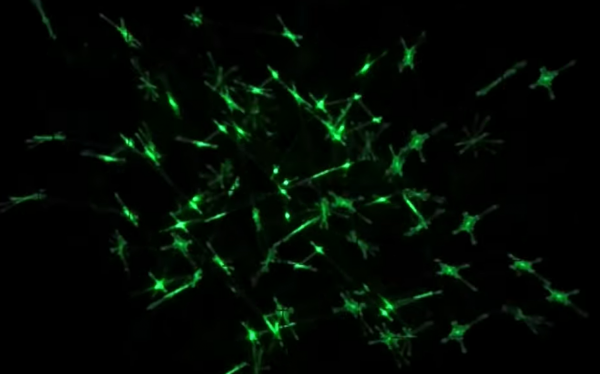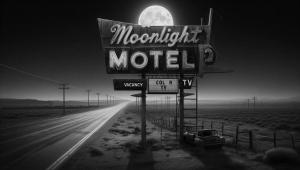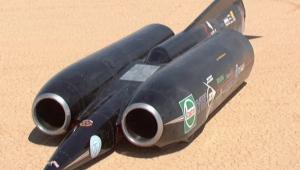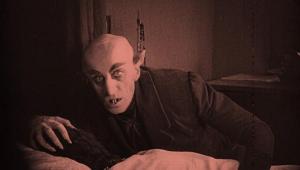What Does Music Look Like? (Part 1)

That statement was famously written by Supreme Court Justice Potter Stewart in 1964 to explain why certain material at issue was not obscene and was instead protected as free speech. The key phrase I know it when I see it is our attempt to define or understand something that is observable, and yet lacks objective parameters.
That leads us to the interesting question of how Justice Stewart might have ruled in a case where the material at issue is not observable. For example, music and sound in general have objective parameters, but are certainly not observable. If seeing is believing, what do we make of things that are only hearable?
So, the question is, how can we see sound? We can hear it and we can feel it, but what does sound look like? Sure, we can draw pictures of pressure functions, but we need something more immediate. Of course, as with all deep metaphysical questions, YouTube has the answer.
What you could use, as you might expect, is an oscilloscope. But our pictures of sound can be far more interesting than the usual high-school science project showing a sinewave on a green screen. In particular, consider this Planets video from Jerobeam Fenderson. (Man, oh, man – I wish my name was Jerobeam Fenderson.) Certainly a fascinating visualization. As you might note, although this is certainly a kind of music, the shapes themselves seem to be generated from bursts of noise-like sound. I think that's okay – who says noise isn't a form of music?
And if you think that the images are just Internet fakery, that there is no way those shapes are really produced from the sounds, check out another of Fenderson's presentations, this one a Mushroom video. This video is a kind of tutorial that explains how the shapes are made.
It is interesting, I think, that Jerobeam Fenderson (is that a real name?) is using analog data signals to draw his images. With a little understanding of XY plots, it is fairly straightforward to create the required signals. Still, I stand in awe of the complexity of the resulting images. Clearly, this is a unique way to visualize sound. It would be remiss of me not to include a link to Fenderson's YouTube page and his web page.
As you might expect, this kind of oscilloscope art is a thing, and with a little searching you'll find a quantity of videos showing other patterns, and explaining how the art is created. Below, I'll add three more links to other videos in this genre that have a DIY content, in case you want to get your hands dirty. And I mean “dirty” in the most wholesome, constructive sense. After all, something that is dirty, I think, isn't necessarily pornographic, right?
- Oscilloscope Music – Pictures from Sound
- Tektronix Oscilloscope Music
- Oscilloscope Music (Drawing with Sound)
But wait, we're not done yet. Next time we'll consider another (and very hip) way to visualize music.





























































